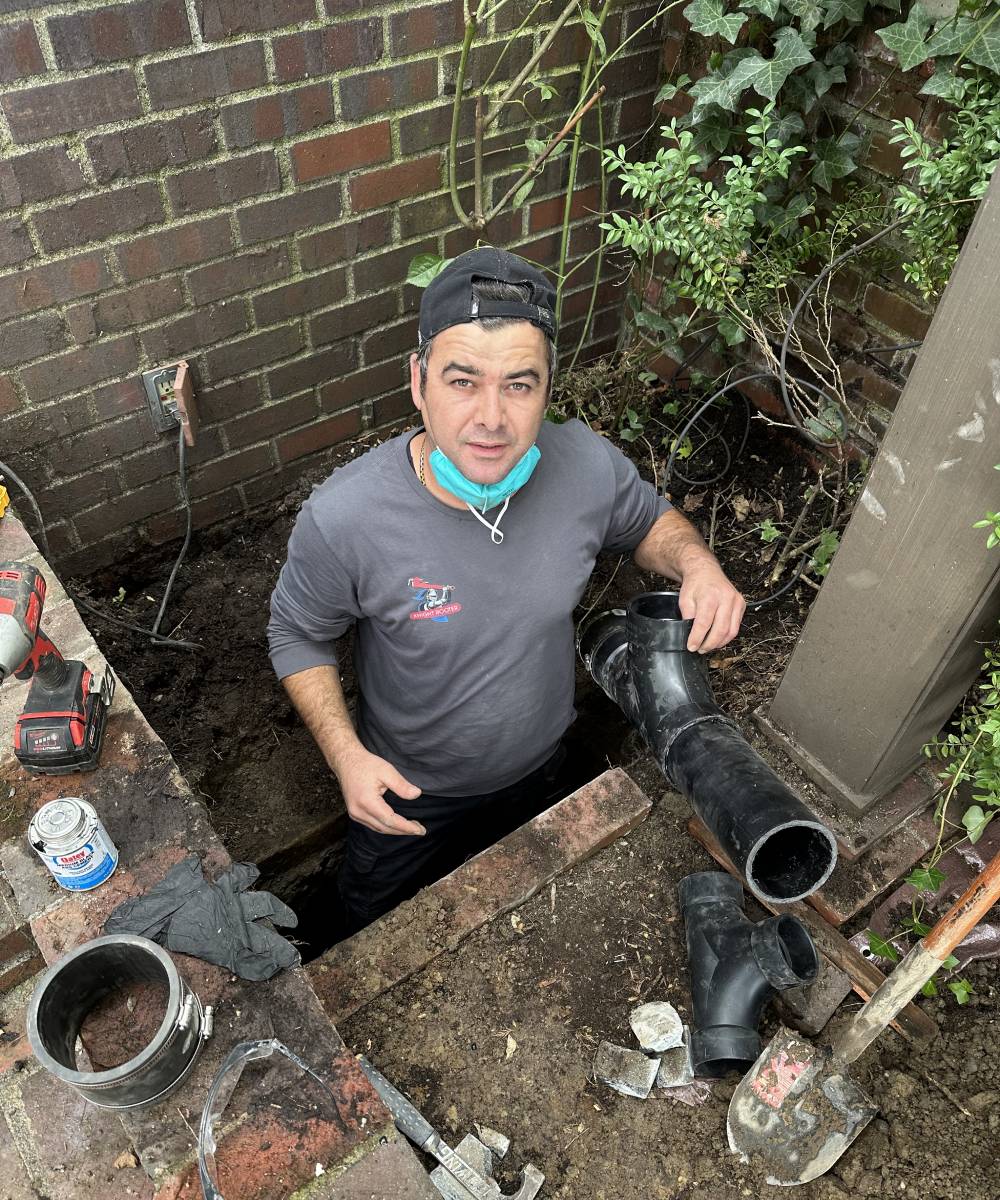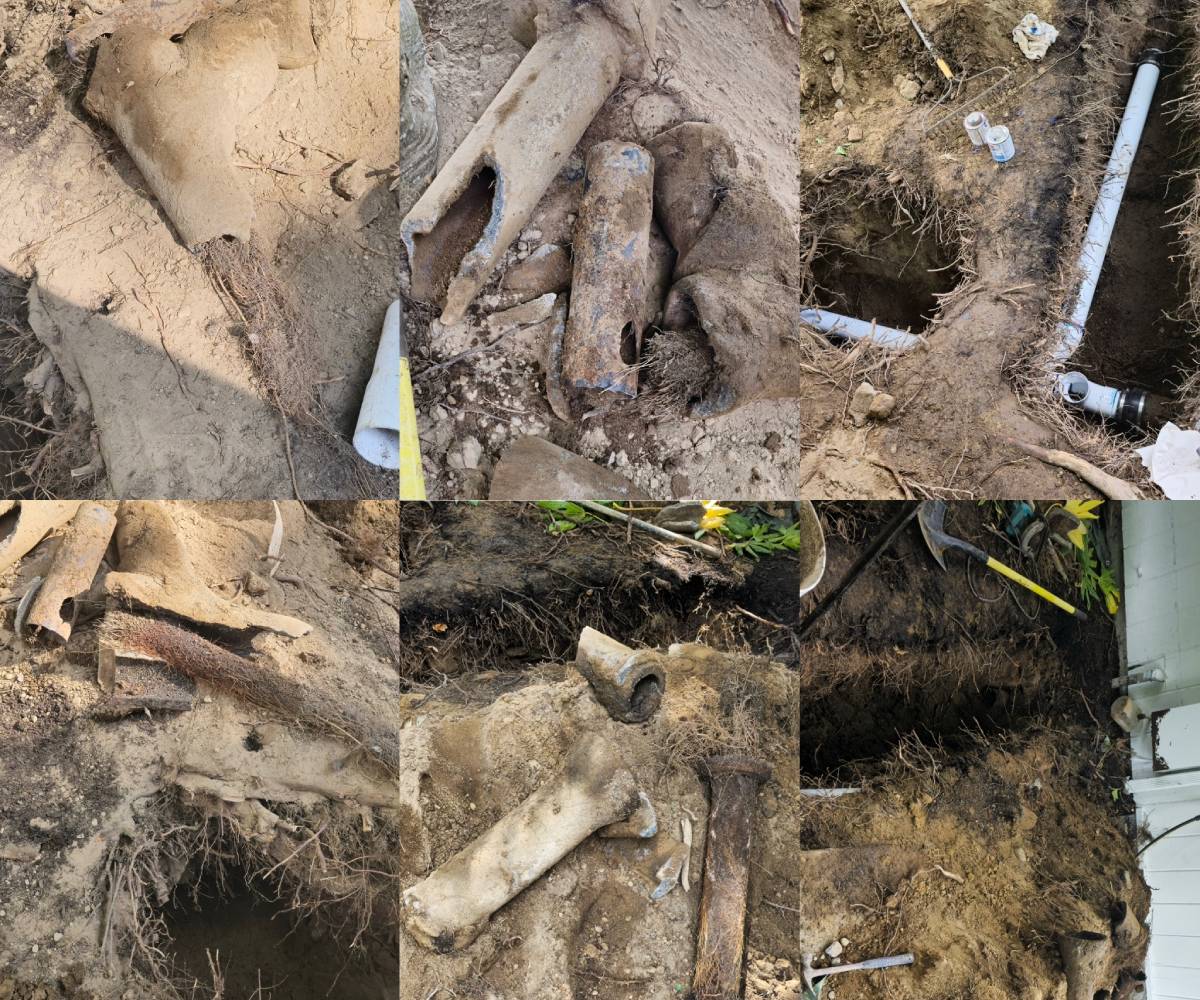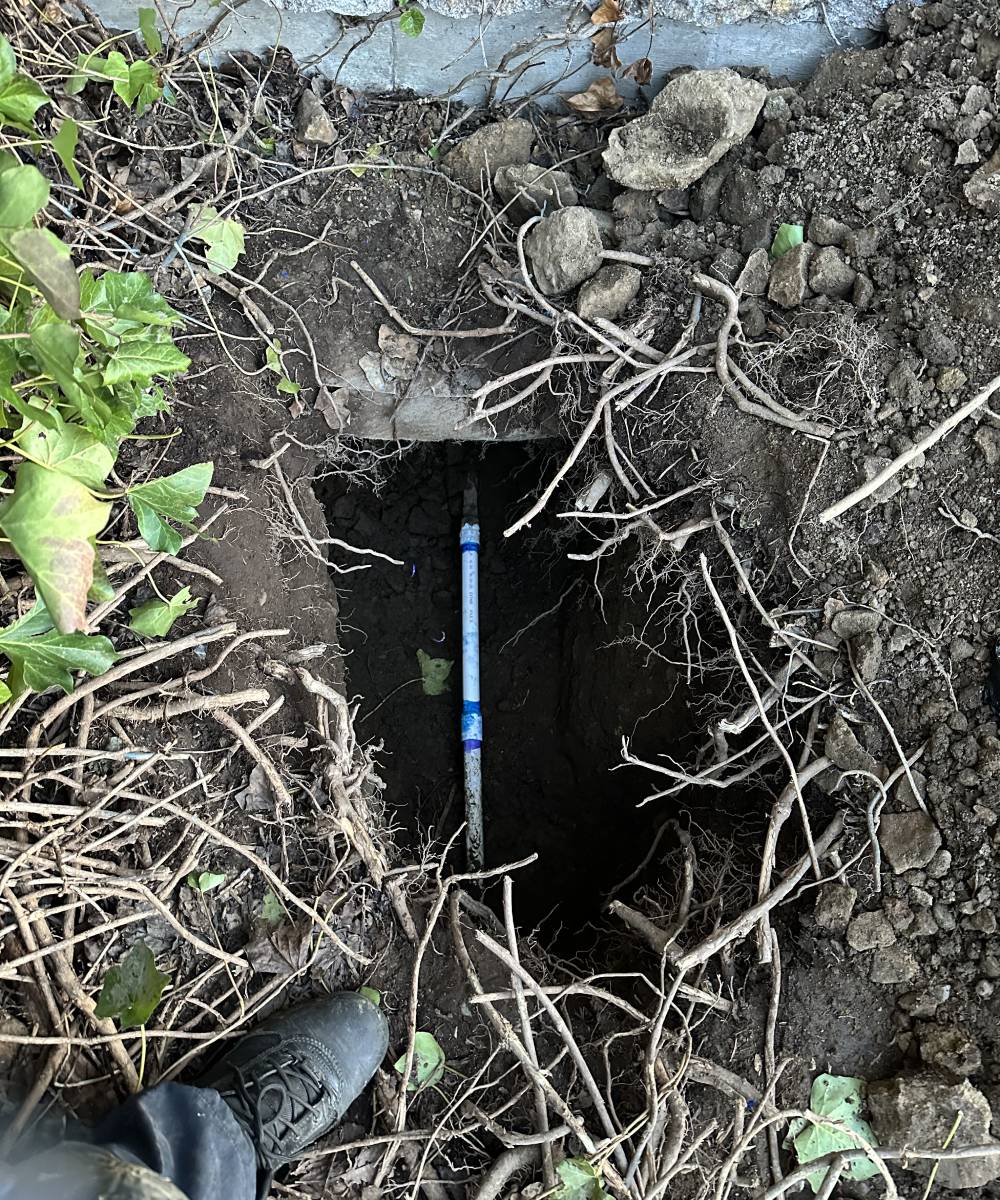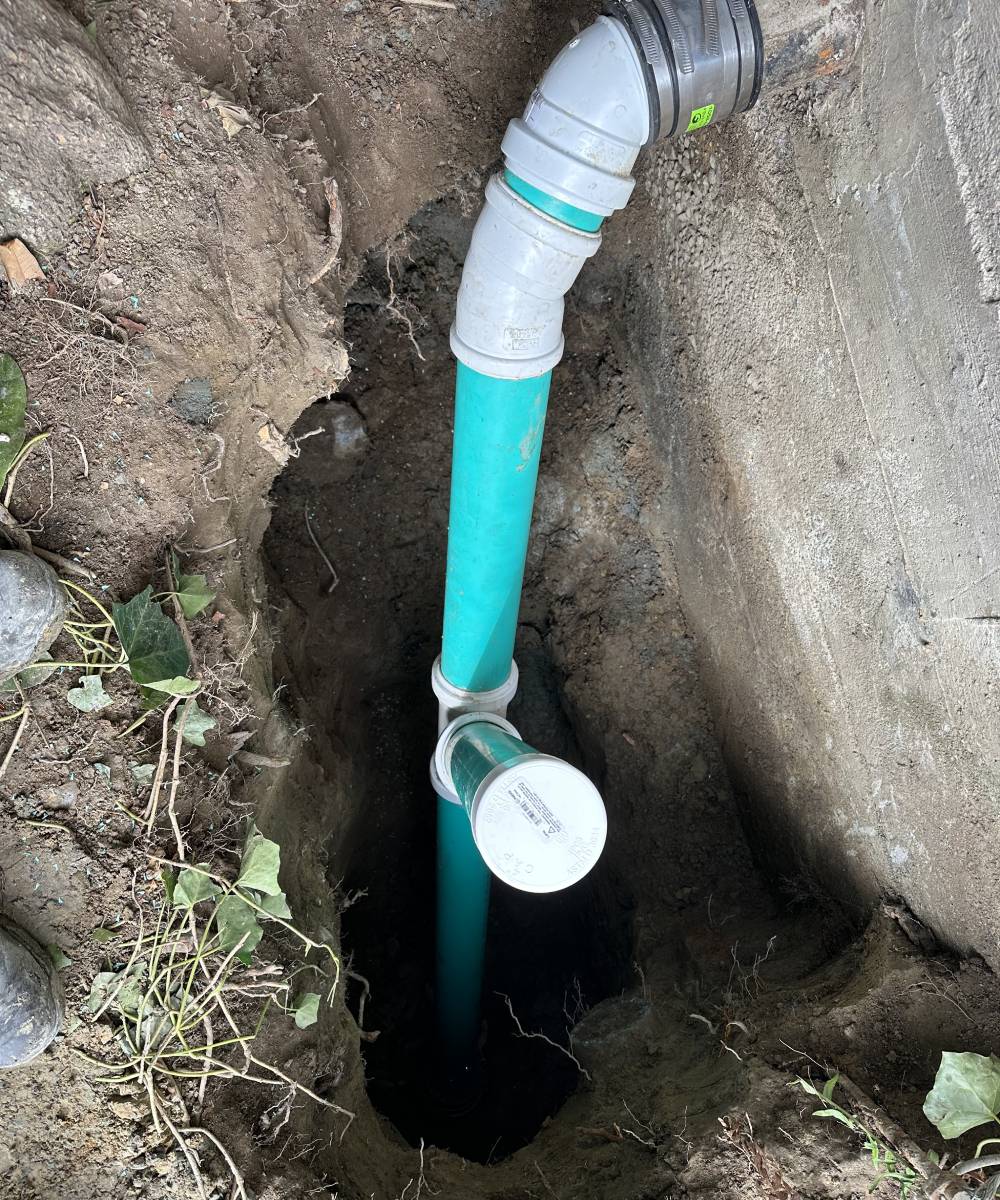Low water pressure can be frustrating, affecting your daily routines such as showering, cleaning, and even cooking. Fortunately, improving your home’s water pressure is not as daunting as it may seem. In this guide, we’ll explore common causes of low water pressure and provide practical solutions to restore optimal flow.
What Causes Low Water Pressure?
Several factors can lead to reduced water pressure, including:
- Clogged Pipes: Mineral deposits and debris can accumulate over time, restricting water flow.
- Old or Corroded Plumbing: Aging pipes, especially galvanized steel, are prone to rust and narrowing.
- Municipal Water Supply Issues: Temporary issues in your local water supply can lower water pressure in your home.
- Pressure Regulator Malfunction: A faulty pressure regulator can drastically affect water flow.
- Leaks in Plumbing: Hidden leaks reduce water pressure and increase your water bill.
- Faulty Fixtures: Sediment buildup in faucets and showerheads can impede flow.
Identifying the root cause is the first step to resolving the issue.
How to Diagnose Water Pressure Issues
Before implementing solutions, you need to determine the exact cause of low water pressure:
- Test Individual Fixtures: Check faucets and showerheads to identify if the issue is isolated or widespread.
- Inspect Water Supply Lines: Look for visible leaks or kinks in supply hoses.
- Measure Water Pressure: Use a pressure gauge to check your home’s water pressure. Ideal pressure should range between 40 and 60 PSI.
- Contact Your Municipality: Confirm if the issue originates from the municipal water supply.
If you’re unsure how to proceed, explore water flow troubleshooting services for expert guidance.
Effective Ways to Improve Your Home’s Water Pressure
Adjusting Your Pressure-Reducing Valve
Many homes have a pressure-reducing valve (PRV) installed near the main water line. If the PRV is incorrectly set, it can limit water flow.
How to Adjust:
- Locate the PRV, typically near your water meter or main shutoff valve.
- Turn the adjustment screw clockwise to increase pressure.
- Use a pressure gauge to ensure the adjustment stays within safe limits (60 PSI).
Cleaning or Replacing Fixtures
Sediment and mineral buildup often clog faucet aerators and showerheads.
Steps to Clean Fixtures:
- Remove the aerator or showerhead.
- Soak it in a vinegar solution for several hours to dissolve deposits.
- Scrub with a brush and rinse before reinstalling.
If cleaning doesn’t resolve the issue, consider replacing outdated fixtures with water-efficient models.
Addressing Clogged Pipes
Clogged pipes are a common culprit of low water pressure. Over time, debris or mineral deposits accumulate inside plumbing lines, reducing flow.
Solution:
- Schedule professional clog removal services to flush the pipes using hydro-jetting technology.
- This high-pressure cleaning method effectively removes blockages without damaging your plumbing.
Learn more about hydro-jetting and its benefits by visiting KnightRooter.

Installing a Water Pressure Booster Pump
For homes with consistently low pressure due to external factors, a booster pump can be a game-changer.
Key Benefits:
- Increases pressure throughout the home.
- Works efficiently with municipal or well water systems.
Installation Tip:
Consult a professional plumber to select and install a booster pump suitable for your home’s needs.
The Role of Plumbing Maintenance
Regular plumbing maintenance is crucial for preventing water pressure issues:
- Inspect Pipes Annually: Check for leaks, corrosion, or weak spots.
- Flush the System: Remove sediment buildup in water heaters and pipes.
- Replace Aging Plumbing: Upgrade old pipes with modern materials like PEX or copper.
- Install Water Filtration Systems: These systems reduce sediment and prevent clogging.
A proactive approach saves money and ensures consistent water flow.
When to Call Professional Plumbing Services
Some water pressure issues require expert intervention. Contact a professional plumber if you notice:
- Persistent low pressure despite DIY fixes.
- Signs of pipe corrosion or leaks.
- Uneven pressure in different areas of your home.
At KnightRooter, we specialize in diagnosing and solving complex plumbing problems, including low water pressure. Visit our services page to learn more.
FAQ
1. What is considered normal water pressure for a home?
Normal water pressure ranges between 40 and 60 PSI. Anything below 40 PSI is considered low, while above 80 PSI may strain plumbing systems.
2. Can clogged aerators affect water pressure?
Yes, clogged aerators restrict flow and lower pressure at faucets. Cleaning or replacing them is a simple solution.
3. How do I know if my pressure regulator is faulty?
If water pressure fluctuates or drops unexpectedly, the pressure regulator may need adjustment or replacement.
4. Is a booster pump suitable for all homes?
Booster pumps are ideal for homes with consistently low pressure due to location or supply issues. Consult a plumber to determine compatibility.
5. What are the risks of ignoring low water pressure?
Ignoring the issue can lead to:
Increased utility bills.
Undetected leaks causing water damage.
Reduced appliance efficiency (e.g., washing machines and dishwashers).
6. Can municipal water supply issues be resolved at home?
No, issues originating from the municipal supply must be addressed by your local water authority.
7. How can I prevent clogged pipes?
Use water softeners to reduce mineral deposits.
Avoid flushing non-degradable items down drains.
Schedule regular plumbing inspections
Conclusion
Restoring and maintaining proper water pressure is essential for comfort and functionality in your home. From simple DIY fixes like cleaning fixtures to advanced solutions like installing booster pumps, there’s always a way to improve water flow.
For professional assistance with plumbing issues, trust KnightRooter to deliver expert solutions tailored to your needs.
For professional and fast drain cleaning Bothell, drain cleaning Seattle, and drain cleaning Bellevue, contact KnightRooter. Our team is ready to provide the best solutions for your drain issues.





No comment yet, add your voice below!